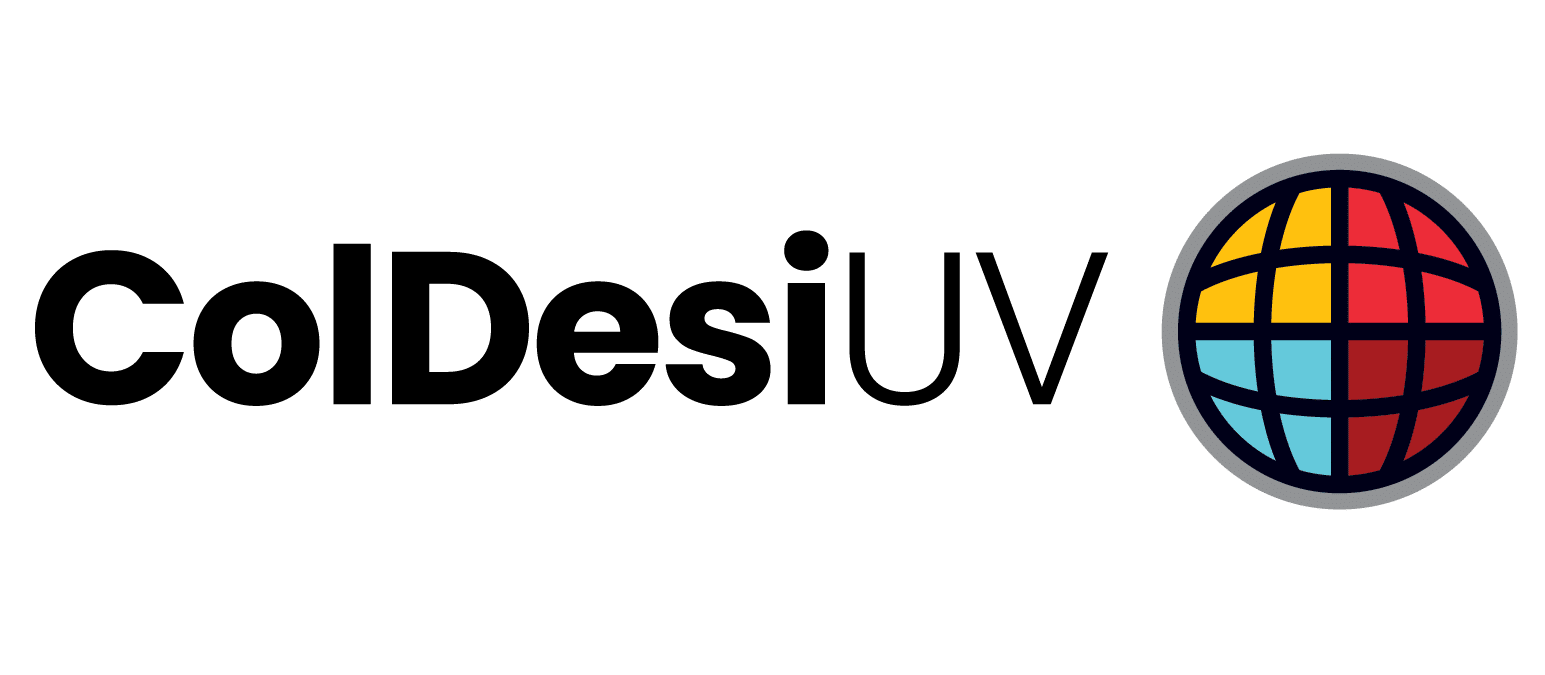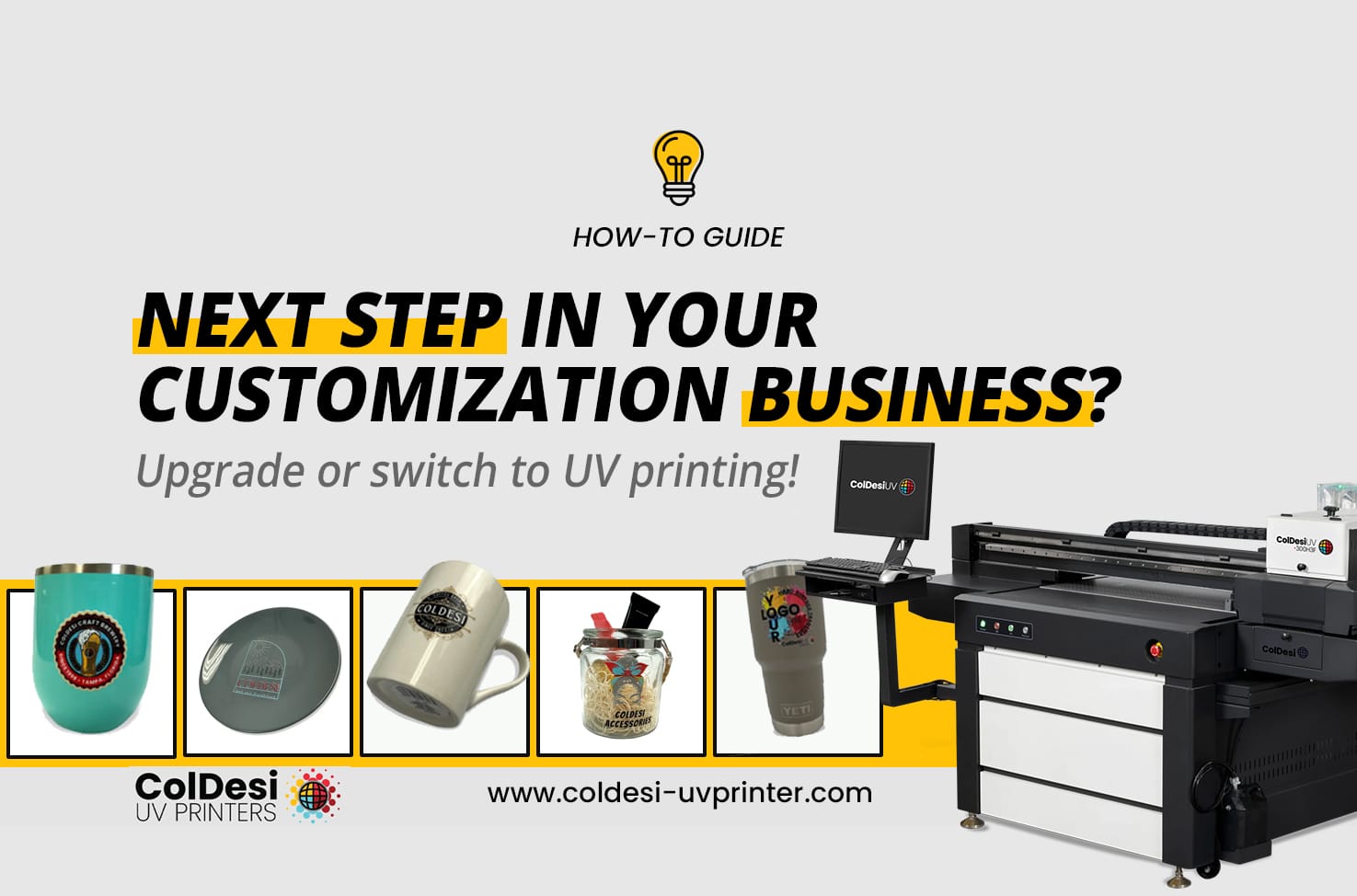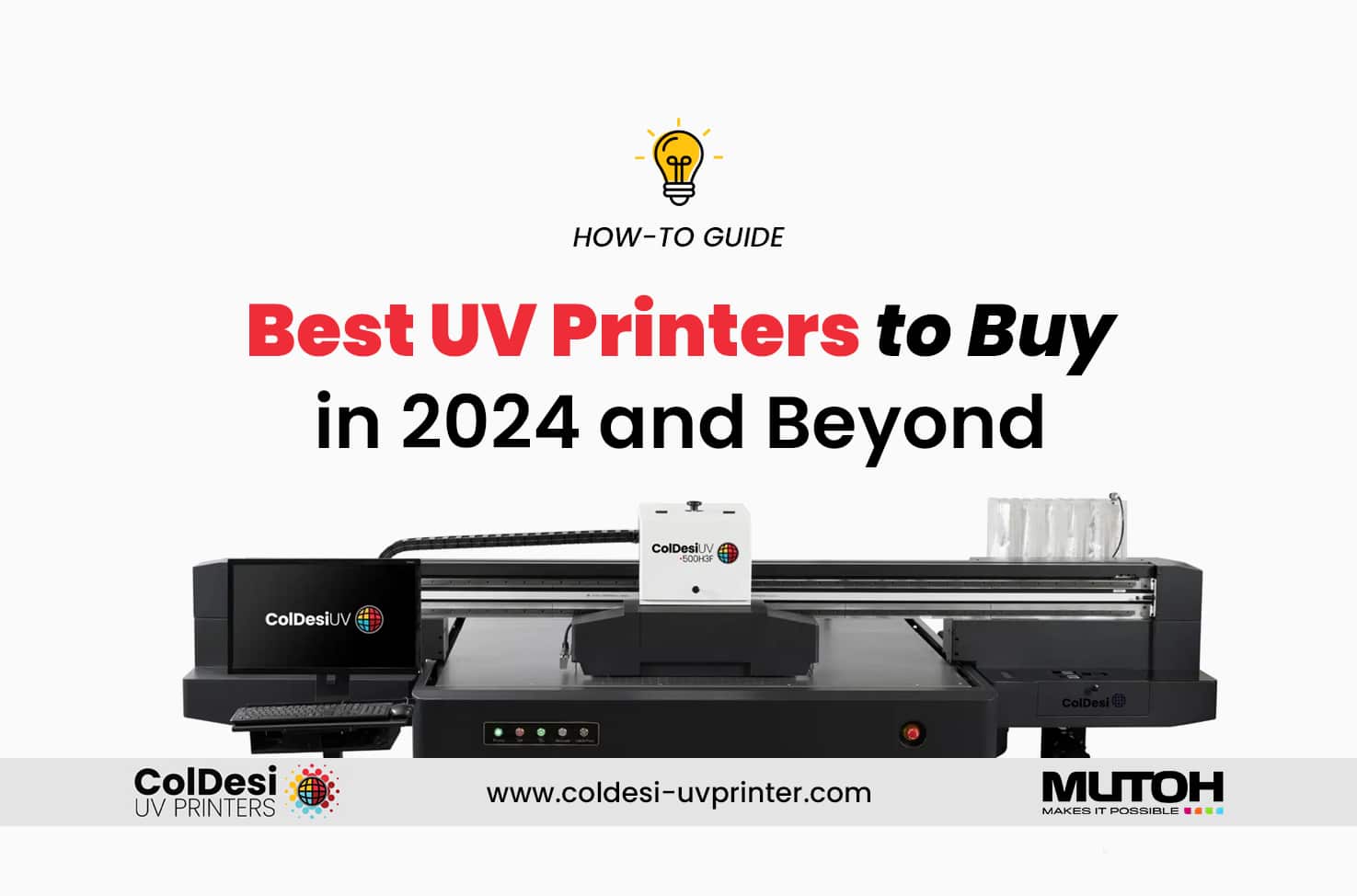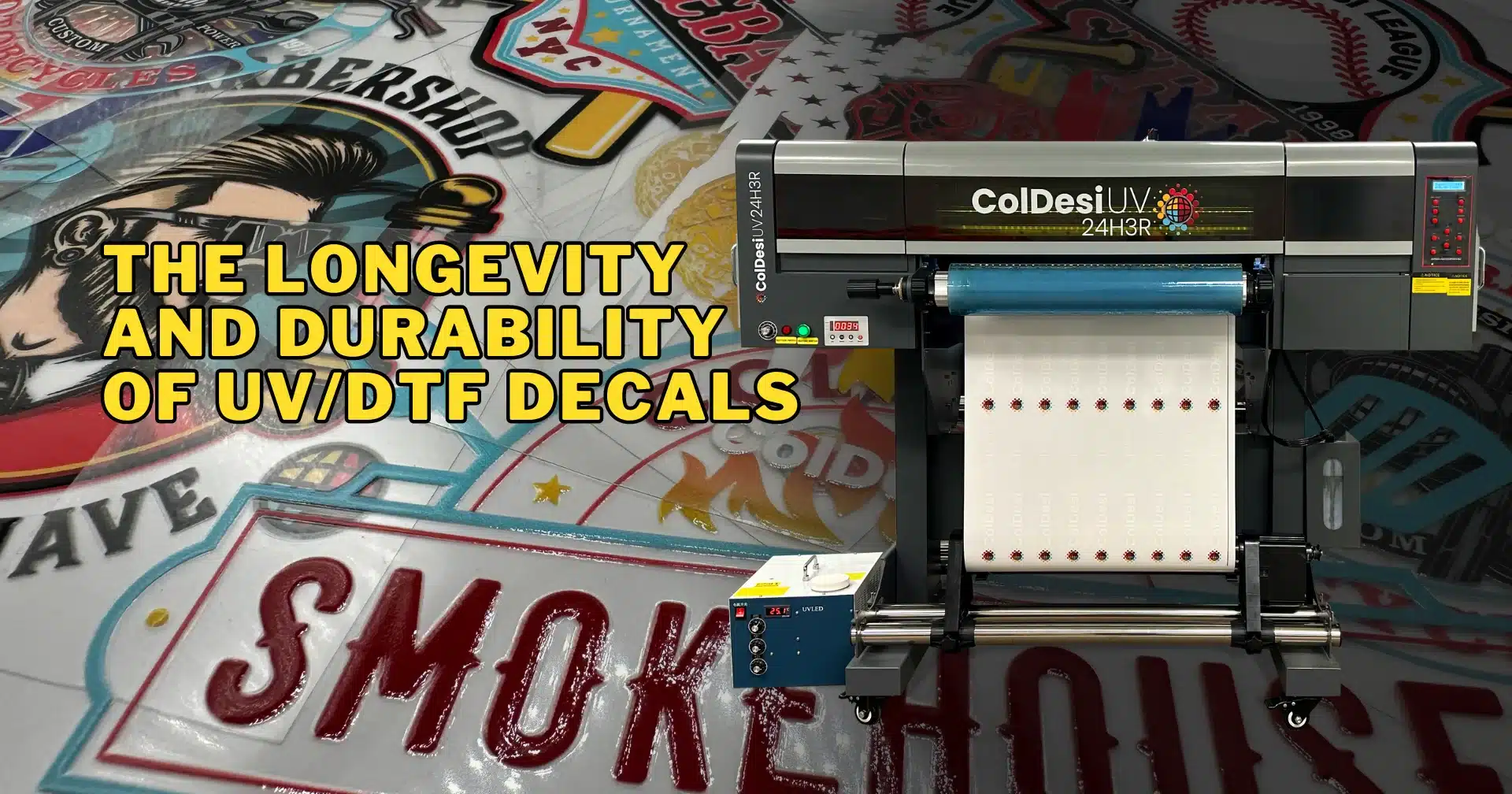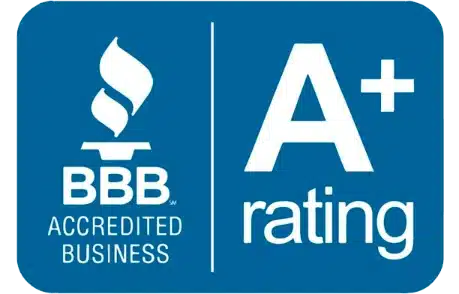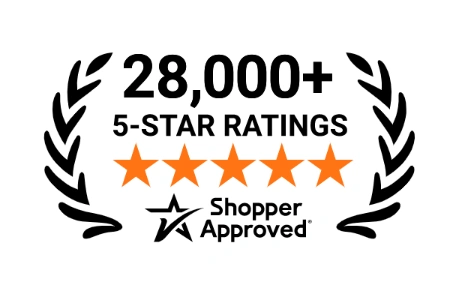There is a new buzzword (s) going around the digital printing industry “UV Curable”
What exactly does this mean? Mainly, It refers to the ink that is used in UV printing. But it is also used to refer to those substrates or items that will “accept” UV ink and produce a solid bond when exposed to the UV lamps in the printer.
Before we go too much further, we need to dig a little deeper into precisely what UV curable ink is and what makes it UV curable.
But, before we do that, we should take a quick look at the two most common types of inkjet inks – water-based and solvent-based. As the names imply, these inkjet inks are made with a base that is either water or solvent-based. These inks “cure” through a process that involves a reduction in volume – off-gassing or evaporation.
These inks cure as the water or solvent in the ink dissipates (and thus decreases in volume). The adhesives in the ink (or binders) cause the inks to bond to the surfaces. That means a drop of water or solvent-based ink will take up “less” volume once you cure it. UV inks, on the other hand, do not go through a “drying” process.
UV inks are comprised of basically four ingredients:
Monomers
Oligomers
Pigments
Photo-initiators
When the photo-initiators in the inks are exposed to UV light, they cause cross-linking of the monomers and oligomers to form polymers. This is a process known as polymerization. In essence, there is no loss of volume when the inks polymerize. That’s unique when compared to the volume lost when water-based and solvent-based inks cure.
Because of this, you get better coverage with less ink, and the inks can be used to “build up” and create textures that can be seen and felt on the surface they are printed on.
Because of the instant curing of UV inks, they are an excellent fit for printing on unique items, rather than typical stock paper, vinyl, etc. You can even print on materials such as wood, plastics, metals, and glass with UV inks.
For the most part, UV printers today use LED lamps for curing the inks – these lamps run much cooler, last longer, and are less expensive to operate than the earlier mercury-vapor lamps.
Benefits of UV curable printing are:
- High abrasion and scratch resistance
- Solvent and chemical resistance
- Gloss or matte finish
- Better surface adhesion
- Because they are generally solvent-free, they are better for the environment
- Because they are instantly cured, products are ready as they come out of the printer
There are so many items and materials that you can embellish with UV curable inks. You can print on sign materials like corrugated plastic, aluminum, acrylic. Also, PVC and the like are great candidates for UV curable printing.
But, it doesn’t stop there; many ETSY stores are starting to print on wooden rustic type signs, memorabilia, and other knick-knacks using UV curable inks. In addition, the market for custom stainless tumblers with full-color logos and designs is also booming. Many of these items are powder coated which provides excellent adhesion for UV curable inks.
But it doesn’t stop there. Many manufacturers are looking to avoid using decals on their products and are looking for direct imaging. Things like:
- metal enclosures
- injection or thermal molded covers
- component parts
- identification or corporate branding items.
And then there are the countless vertical markets like the bridal and wedding industry, golf industry, and trophies and awards marketplaces.
The profits that you can generate when printing with UV curable inks can be staggering.
For instance – golf balls can be mass-customized with a UV-LED printer. It is not uncommon to make a 25-50¢ per ball just for printing (plus any amount you can make by reselling the balls should the customer not provide them). 25-50¢ may not sound like a lot, but when you break it down and realize that you can print 500-600 balls per hour, that’s enormous!
Not only that, but the ink costs on a typical golf ball logo are only around one-tenth of a cent per ball. You are now looking at a $125-300 per hour profit! Even more, if you can add mark-ups.
The market for custom graduation corrugated signs has exploded in the last couple of years as well. One-sided signs generally cost around a dollar to print, with the sign and stake running under two dollars – making your costs around three dollars for a sign that sells for $20-30 dollars.
Most small-mid format UV-LED printers will produce 8-10 of these (or more) per hour – your profit? $135-270 per hour.
UV curable printing is here to stay. Every year we are seeing more and more items that are printed by migrating to UV curable printing. Every week, new things emerge that have not even been customizable before entering the UV printable arena.
Maybe it’s time to take the next step in your business and add a UV-LED printer to your business.
